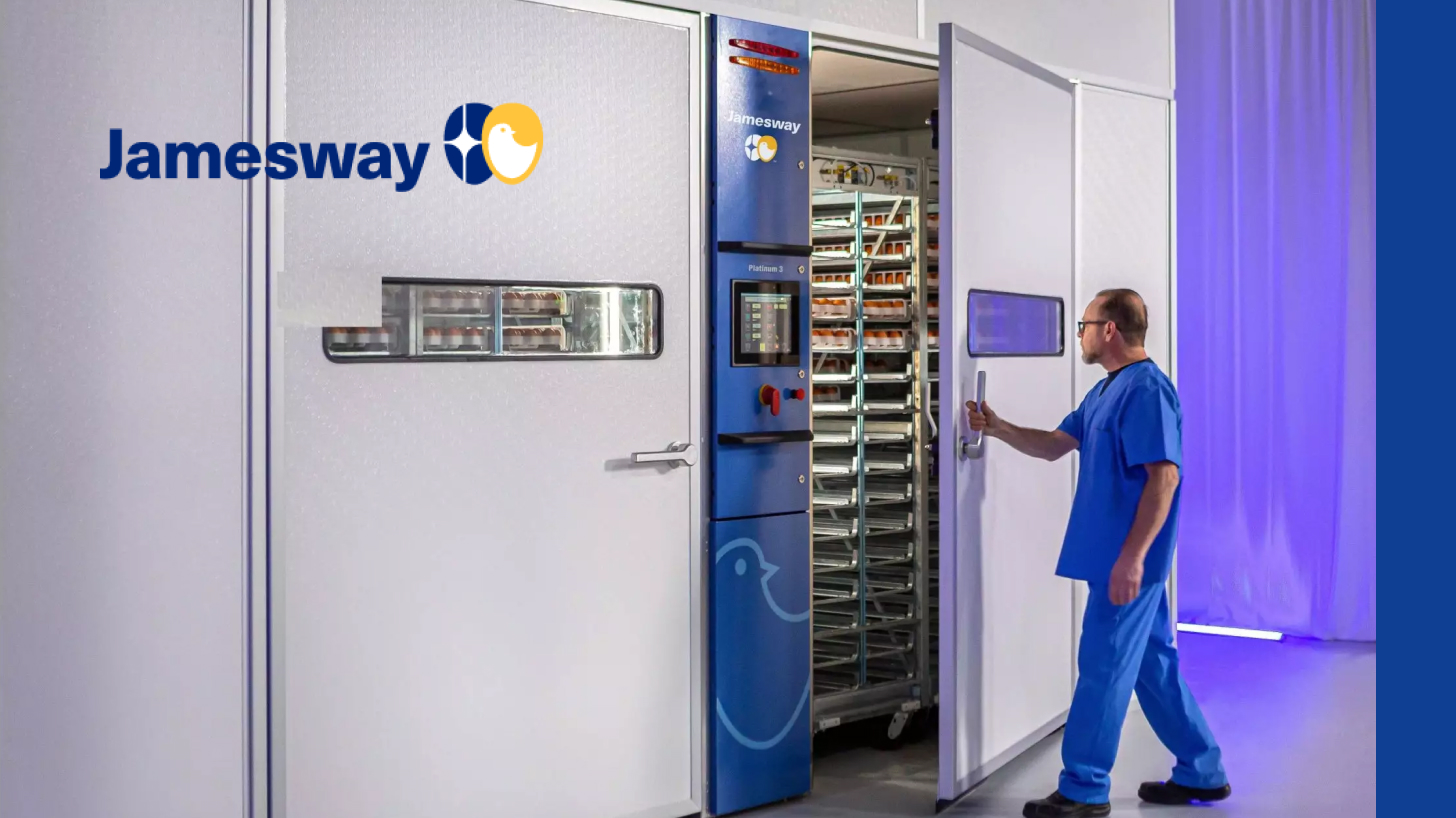Howdy everyone! Cody here, and today we’re diving into the process of incubation—comparing how large commercial hatcheries handle it with how you can replicate that success at home. Whether you’re hatching a few eggs in your backyard or curious about the massive scale of commercial hatcheries, understanding the incubation process is key.
1. Commercial Hatcheries: Precision and Scale
In commercial hatcheries, the process is highly controlled and automated to ensure that thousands, even millions, of eggs hatch efficiently. Here’s a breakdown of how it works:
Incubators and Hatchers: Eggs are placed in large incubators for the first 18 days, where temperature, humidity, ventilation, and egg turning are tightly controlled. Eggs are turned frequently (up to once an hour) at a specific angle (around 43-45°) to ensure even development and prevent the embryo from sticking to the shell
Hatchers: For the final few days, eggs are moved to separate machines called hatchers, where the eggs are no longer turned but still require precise temperature and humidity control. This ensures that the chicks can hatch safely without being disturbed.
- Environmental Control: The air temperature, humidity, and oxygen levels are closely monitored, and some systems even adjust these based on the needs of the developing embryos. The goal is to maximize chick quality and uniformity across large batches
2. At-Home Incubation: What You Can Do
While you won’t have access to the advanced technology used in commercial hatcheries, you can still have a successful hatch rate at home by following a few key steps.
1. Set Up Your Incubator Correctly
- Temperature: Maintain a steady 99.5°F throughout the incubation period. This is essential for the embryo’s development.
- Humidity: Keep humidity at around 45-50% for the first 18 days, then increase to 65-70% during the final days before hatching.
- Turning the Eggs: Turn your eggs at least 3-5 times a day for the first 18 days to prevent the embryo from sticking to the shell. Some incubators have automatic turners, which makes this process easier
2. Candling the Eggs
Candling (shining a light through the egg to check development) is done around Day 7 and Day 14. Look for visible veins and movement, which indicate a healthy embryo. Remove any eggs that are not developing to prevent contamination.
3. Preparing for Hatch Day
Stop turning the eggs on Day 18 and increase humidity. This is when the chicks start positioning themselves for hatching. Keep the incubator closed during this critical period to maintain the proper environment.
4. Hatch Day
Chicks usually hatch around Day 21. Be patient—hatching can take several hours. Once they emerge, allow them to dry in the incubator before moving them to a brooder.
3. Key Differences: Commercial vs. At-Home Incubation
- Automation: Commercial hatcheries use fully automated systems such as incubators and hatchers, that just require a settings profile to be sent to the machine to control temperature, humidity, and egg turning with precision. At home, you’ll need to manage these factors manually. While the at home incubators can adjust temperature easily, its important that you keep and eye on the humidity to make sure everything is running smoothly.
- Scale: Commercial hatcheries handle thousands of eggs at once, while home incubators are designed for much smaller batches—typically 20-100 eggs.
- Hatch Rate: With their precise control and advanced systems, commercial hatcheries often achieve higher hatch rates and chick uniformity compared to home setups. However, with the right care, you can still achieve a good hatch rate at home
4. Troubleshooting At-Home Incubation
- Low Hatch Rates: If you notice a low hatch rate, check your incubator’s temperature and humidity settings. Even small fluctuations can affect development.
- Late Hatching: This could be due to slightly lower-than-recommended temperatures during incubation. Ensure your incubator maintains a steady environment throughout the process.
Whether you’re running a small backyard operation or just interested in learning more about the process, successful incubation comes down to attention to detail. Commercial hatcheries have automated systems to manage the complexities of incubation, but with the right approach, you can still achieve excellent results at home. Happy hatching!

